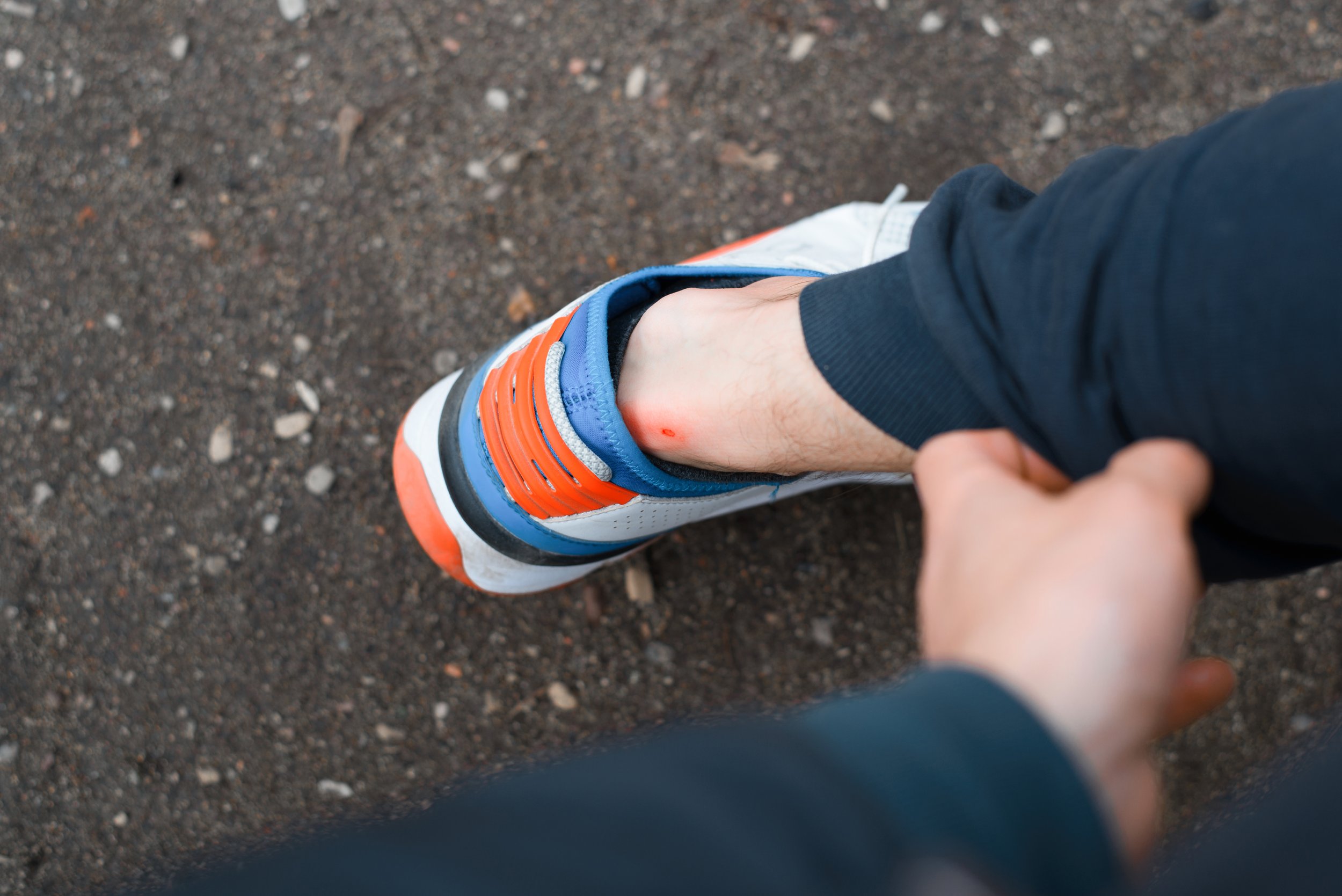Corns and calluses are thickened areas of skin that develop in response to repeated pressure or friction. They commonly form on the feet, especially on the toes or the soles. The primary causes of corns and calluses include:
Ill-fitting footwear: Shoes that are too tight or have high heels can cause excessive pressure on certain areas of the feet, leading to the development of corns or calluses.
Abnormal foot mechanics: Certain foot deformities, such as bunions or hammer toes, can alter the distribution of weight on the feet, resulting in increased pressure on specific areas.
Repetitive activities: Engaging in activities that involve repetitive motions or increased pressure on specific parts of the feet, such as running or certain sports, can contribute to the development of corns or calluses.
Physical therapy can be beneficial in the treatment of corns and calluses by addressing the underlying causes and providing strategies to alleviate discomfort. Here are some ways physical therapy may be used:
Footwear assessment: A physical therapist can evaluate your footwear choices and make recommendations for shoes that provide proper support and alleviate pressure on sensitive areas. They may suggest modifications, such as using padding or orthotic inserts, to reduce friction and redistribute weight.
Gait analysis: A physical therapist can analyze your walking or running gait to identify any abnormalities or biomechanical issues contributing to the formation of corns or calluses. They may provide exercises or stretches to improve foot mechanics and reduce pressure on affected areas.
Manual therapy: Techniques such as soft tissue mobilization or massage can help relieve pain and discomfort associated with corns or calluses. These techniques can help increase flexibility, reduce muscle tension, and improve blood circulation to the affected areas.
Education and self-care: Physical therapists can provide education on proper foot care, including how to properly trim nails, use over-the-counter padding or cushioning products, and apply moisturizers to keep the skin supple. They may also teach you self-massage techniques or stretching exercises to maintain foot health and prevent further development of corns or calluses.
It's important to note that physical therapy may be just one component of a comprehensive treatment plan for corns and calluses. If your condition is severe or causing significant pain, it's recommended to consult with a healthcare professional, such as a podiatrist, who can provide a more personalized assessment and recommend appropriate treatments.

